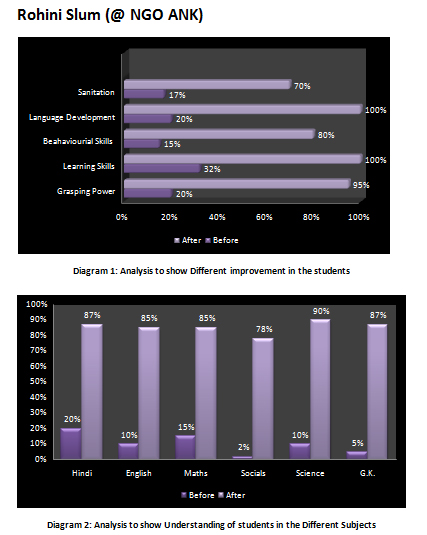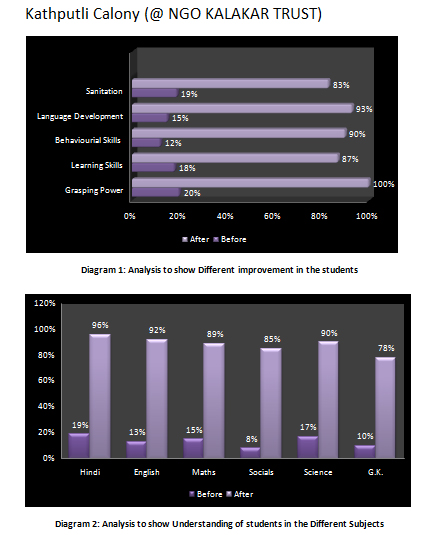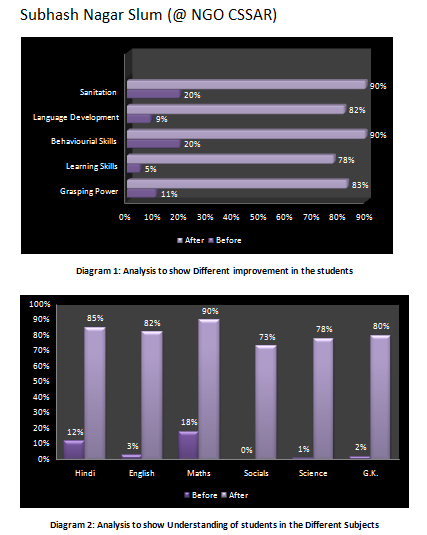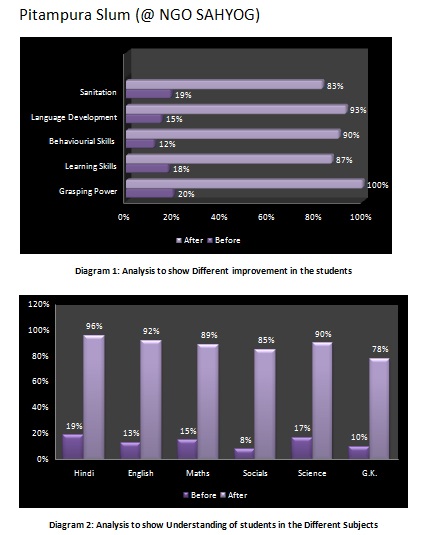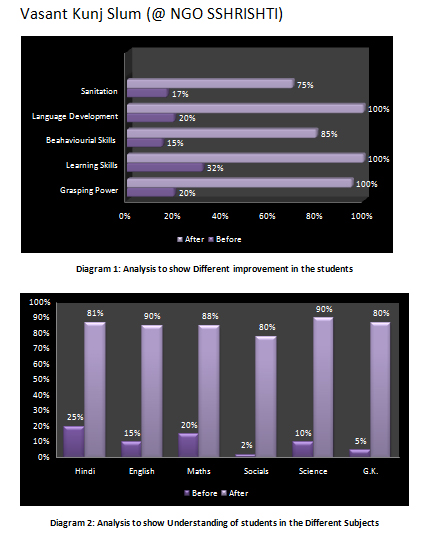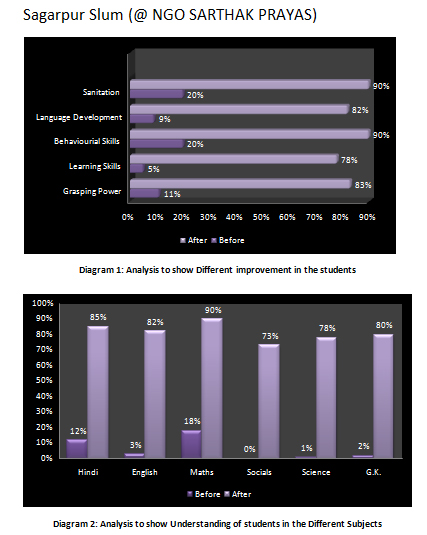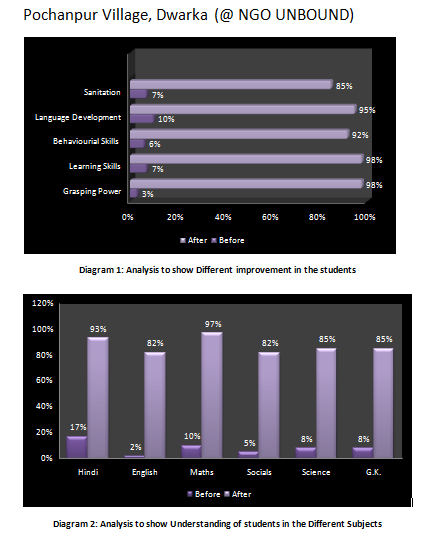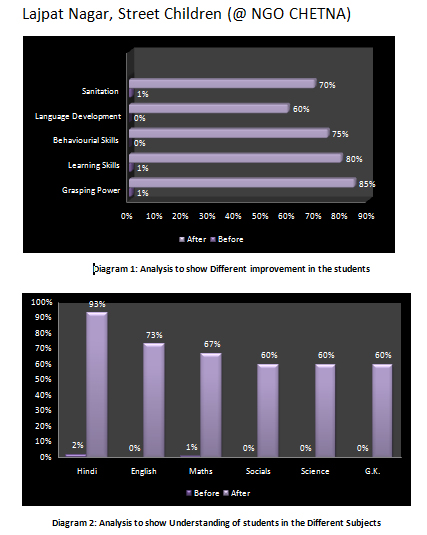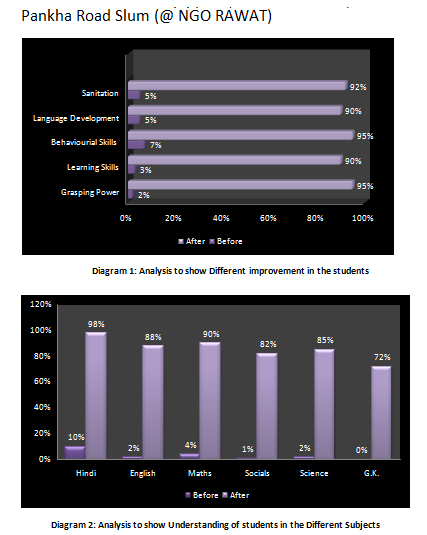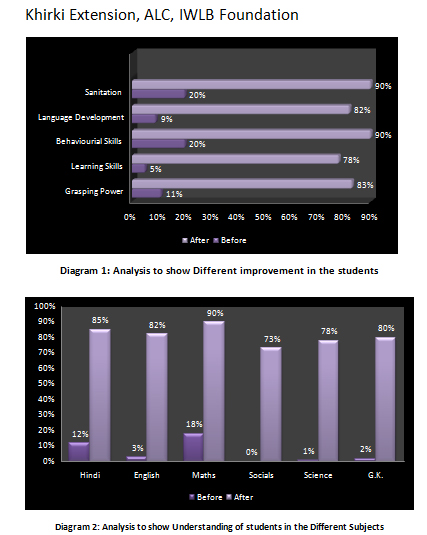
The Foundation is impressive successful in achieving its goals. Below are our achievements and success stories.
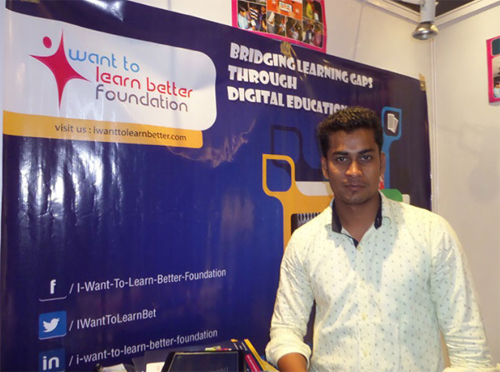
https://yourstory.com/2015/07/photo-app-mobile-innovation
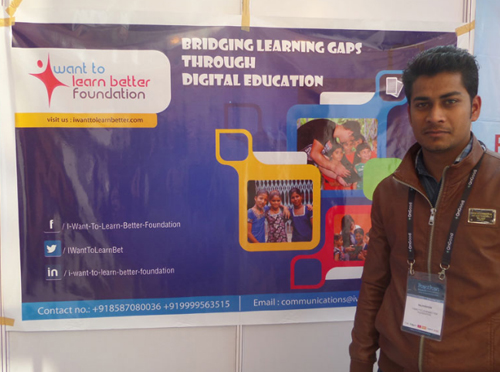
https://yourstory.com/2014/12/photo-digital-transformation
By Jyoti Pande
Vaishnavi's educational journey started on rocky terrain, with her initial years marked by the daunting presence of stern teachers at her private school. This chapter of her life took a turn for the better when she transitioned to Baluni Public School. It was there that she encountered Shikha Ma’am, whose innovative teaching methods resonated with Vaishnavi's learning style, fostering a newfound love for mathematics.
As she grappled with charting her future, a suggestion from her uncle to explore veterinary medicine illuminated a path, albeit with lingering questions about her specific role in the vast field of animal health. The turning point arrived with the IWANTTOLEARNBETTER Foundation, whose math workshops under the Himalayan outreach program unveiled the transformative power of mathematics. Engaging in these workshops, alongside her peers, reignited a collective enthusiasm for the subject.
Jyoti Pande is an active volunteer and founder of iwanttolearnbetter foundation, combines academia and corporate technology to create impactful digital solutions for underprivileged communities, fueled by her passion for social work and driving social impact. |
Achievements for Year 2013-15
S. No. |
NGO |
Duration of Program |
Area |
Students Covered |
Improvement |
|
1 |
ASBL |
Feb-Mar |
Shadipur |
50 |
8% |
95% |
2 |
ANK |
Feb-Mar |
Rohini |
68 |
20% |
100% |
3 |
CSSAR |
Feb-Mar |
Subhash Ngr |
40 |
3% |
82% |
4 |
Kalakar |
Feb-Mar |
Pandav Ngr |
60 |
9% |
96% |
5 |
Sahyog |
Feb-Mar |
Pitampura |
50 |
15% |
92% |
6 |
Sarthak Prayas |
Feb-Mar |
Sagarpur |
45 |
2% |
82% |
7 |
Ssrishti |
Feb-Mar |
Vasant Kunj |
50 |
10% |
90% |
8 |
Unbound |
Mar-Apr |
Dwarka |
50 |
17% |
97% |
9 |
Chetna |
Mar-Apr |
Lajpat Nagar |
50 |
0% |
65% |
10 |
Rawat |
Mar-present |
Raghu Ngr |
50 |
10% |
90% |
Achievements for Year 2013-15
S. No. |
Months |
Programs |
Area |
Students Covered |
Improvement |
|
1 |
November |
Digital Learning Program |
Khirki Extension |
50 |
1% |
75% |
2 |
December |
Bridging Program |
Khirki Extension |
60 |
23% |
80% |
3 |
January |
Tab-Edu Program |
Khirki Extension |
65 |
0% |
85% |
4 |
February |
Edu-Mobile Program |
Khirki Extension |
68 |
12% |
100% |
5 |
March |
Darpan |
Khirki Extension |
70 |
0% |
90% |
6 |
April |
Counseling Program |
Khirki Extension |
75 |
2% |
82% |
7 |
May |
Coding Program |
Khirki Extension |
75 |
0% |
50% |
I Want to Learn Better Foundation have Successfully Impacted more than 50,000 Students yet since 2013, by implementing the Different Advance Immersive Programs with students from different Communities.
PROGRAM: I Want to Learn Better Foundation is having “Advance Immersive Programs” for “Interactive Digital Education” for the Underprivileged Students with the objective of “Bridging Learning Gaps through Interactive Digital Education”.
TEAM: A Group of Educators from “I Want to Learn Better Foundation”, who are trained in technology, subject matter, and pedagogy have been visiting Communities and Set up their Interactive Digital extent, where in they worked with the group of Underprivileged Students on improving their Conceptual Knowledge, in a more Interactive and Participative Environment with all Interactive Digital Products, which is absolutely different from ordinary one way Educational Process.
STUDENTS: Students in any community is of varying ages and studied in different classes in a Government School. It was also found that few of the students did not attend any school but attending these remedial classes on regular basis. However, they were all almost at the same level in terms of conceptual grasp of the subjects.
Subject Knowledge of the Students: In the beginning, a preliminary assessment was conducted to ascertain the students’ grasp of Maths, English, Hindi, and EVS. Also, their Behavioural Skills and Language acquaintance is observed. It was noted in common that the knowledge of Hindi in students was at par with their peer group. In Maths, students were hardly able to carry out multi-digit addition, Subtraction with carry-double carry, tables beyond 10 x 10 and single-digit multiplication. In English, the students were poor and would read words, even very simple ones, letter by letter, often not recognizing the word at the end of this exercise. When it came to EVS, the Students won’t able to recognize their Body Parts even. Very few students were familiar with body parts that too not all the body parts.
The Class and Assessment Structure: In the beginning, a preliminary assessment was conducted to gauge the students’ familiarity with the topic. The students were shown interactive multimedia modules on the particular topic and made to repeat along. Classpads were given and students were shown interactive modules to practice after lesson hours. After the session, students were given another assessment to check how much they had understood from the training session. Initially, the before and after assessments were paper worksheets, but as the students began to grow more accustomed to technology, assessments began to be conducted on tablets. This enabled us to try out more attractive assessment formats such as jigsaw puzzles, drag and drop, and other game-based assessment modules.
The use of interactive educational technology enabled the kids to become better learners as it held their attention and forced them to think in different ways to solve the problem.
IMPACT: The impact of the program is measured in term of different aspects like Grasping Power of the students, understanding of different subjects, Sanitation maintenance, Behavioural Skills and Language Development. While program progresses, we begin to see a difference in the cleanliness, health and hygiene, and public interaction abilities of the children as well. The Grasping Power and Language development of the students is noticed through the Class presentation and participation of the students. Sanitation and Behavioural Skills is noticed through observation and actions of the students in the class.
Assessment sheets are used for the students to analyse the understanding of different subjects. The before and after assessment of the students make a better analysis of improvement in the understanding of the students for any particular subject.

